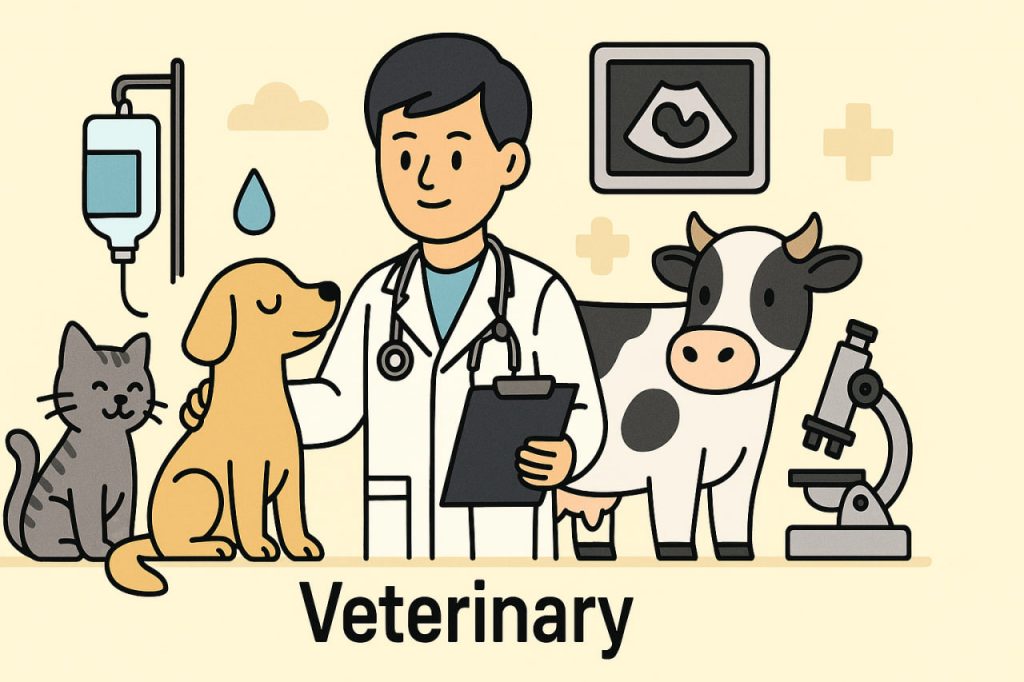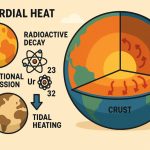Veterinary science is the branch of medicine that focuses on the health, prevention, diagnosis, and treatment of diseases in animals. It covers a wide range of species, from pets and livestock to wildlife. Veterinarians play a key role not only in animal health but also in protecting human health by controlling zoonotic diseases that can spread between animals and people.
Historical Development
The practice of veterinary medicine dates back thousands of years. Ancient civilizations such as Egypt, India, and Greece recorded early forms of animal care. The first official veterinary school was established in Lyon, France, in 1761, marking the beginning of modern veterinary science. Since then, the field has evolved alongside advances in medicine, biology, and technology.
Areas of Veterinary Practice
Veterinary science includes several specialized areas:
- Companion animal medicine – treating pets like dogs, cats, and birds.
- Livestock medicine – ensuring the health of farm animals to support food production.
- Wildlife and conservation medicine – protecting endangered species and ecosystems.
- Public health – monitoring diseases that affect both animals and humans.
- Research and laboratory work – developing vaccines, medicines, and diagnostic tools.
Role in Food Safety and Agriculture
Veterinary science is essential for agriculture and food security. Veterinarians monitor the health of livestock, ensuring the production of safe meat, milk, and eggs. They also control outbreaks of animal diseases such as foot-and-mouth disease or avian influenza, which can devastate economies and threaten human health.
Modern Technologies in Veterinary Science
Today, veterinary medicine uses advanced technologies similar to human healthcare. These include X-rays, ultrasound, MRI scans, and laboratory diagnostics. Genetic testing, artificial insemination, and even stem-cell therapies are applied to animal care. Telemedicine and wearable devices are also emerging, helping pet owners and veterinarians track animal health remotely.
Challenges in Veterinary Science
Veterinary professionals face challenges such as limited resources in rural areas, the spread of antibiotic resistance, and climate change affecting animal health. Another issue is ensuring affordable veterinary care for pet owners while maintaining high medical standards. Global cooperation is increasingly important to control animal diseases that cross borders.
Conclusion
Veterinary science is vital for both animals and humans. It ensures the well-being of pets, supports agriculture, and protects public health. With modern technologies and dedicated professionals, veterinary medicine continues to evolve, making it one of the most important fields connecting human society with the animal world.
Glossary
- Veterinary science – medical science dealing with the health of animals.
- Zoonotic disease – illness that can spread from animals to humans.
- Companion animal medicine – veterinary care for pets.
- Livestock medicine – veterinary care for farm animals.
- Diagnostics – tests used to identify diseases.
- Telemedicine – use of technology to provide healthcare remotely.


